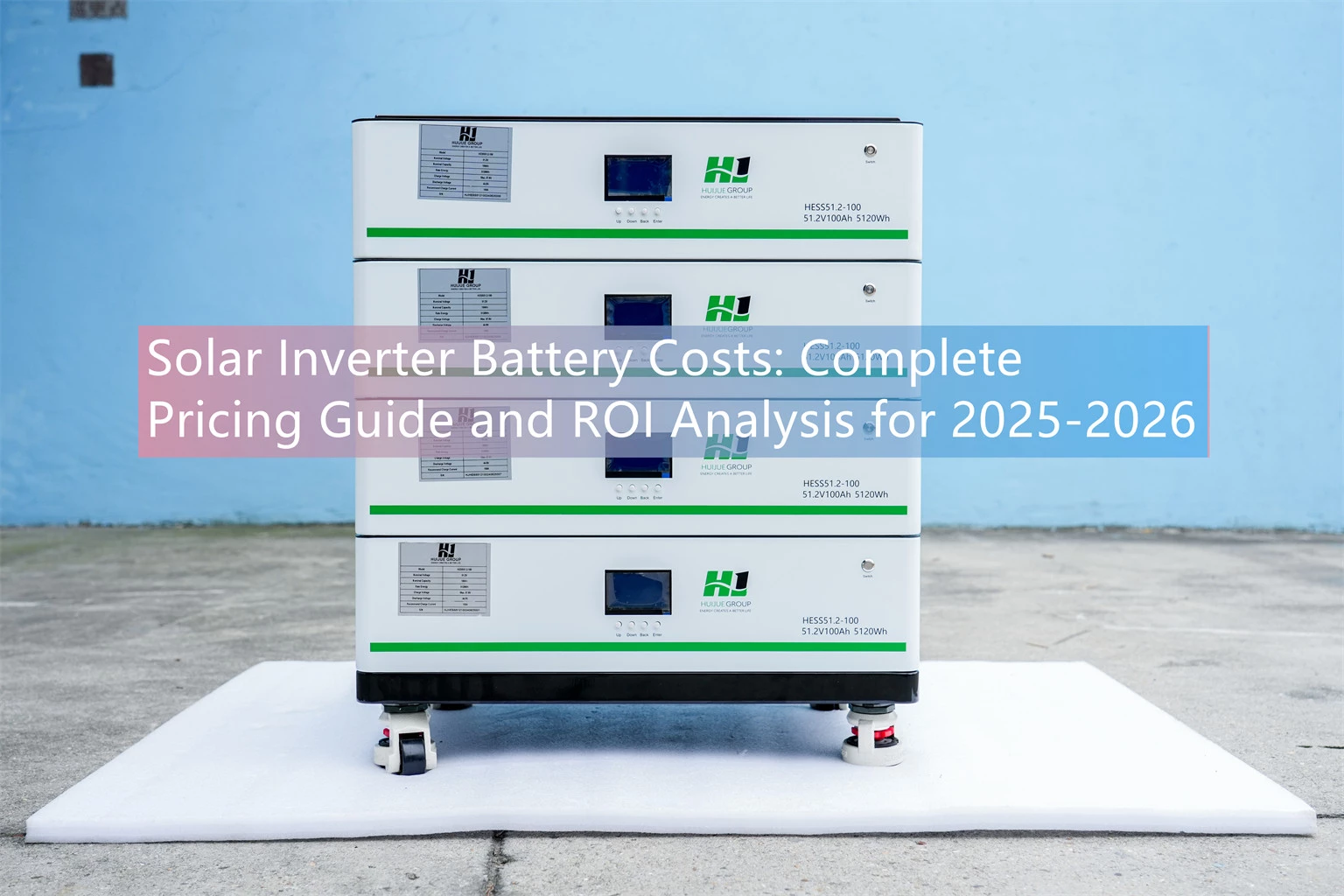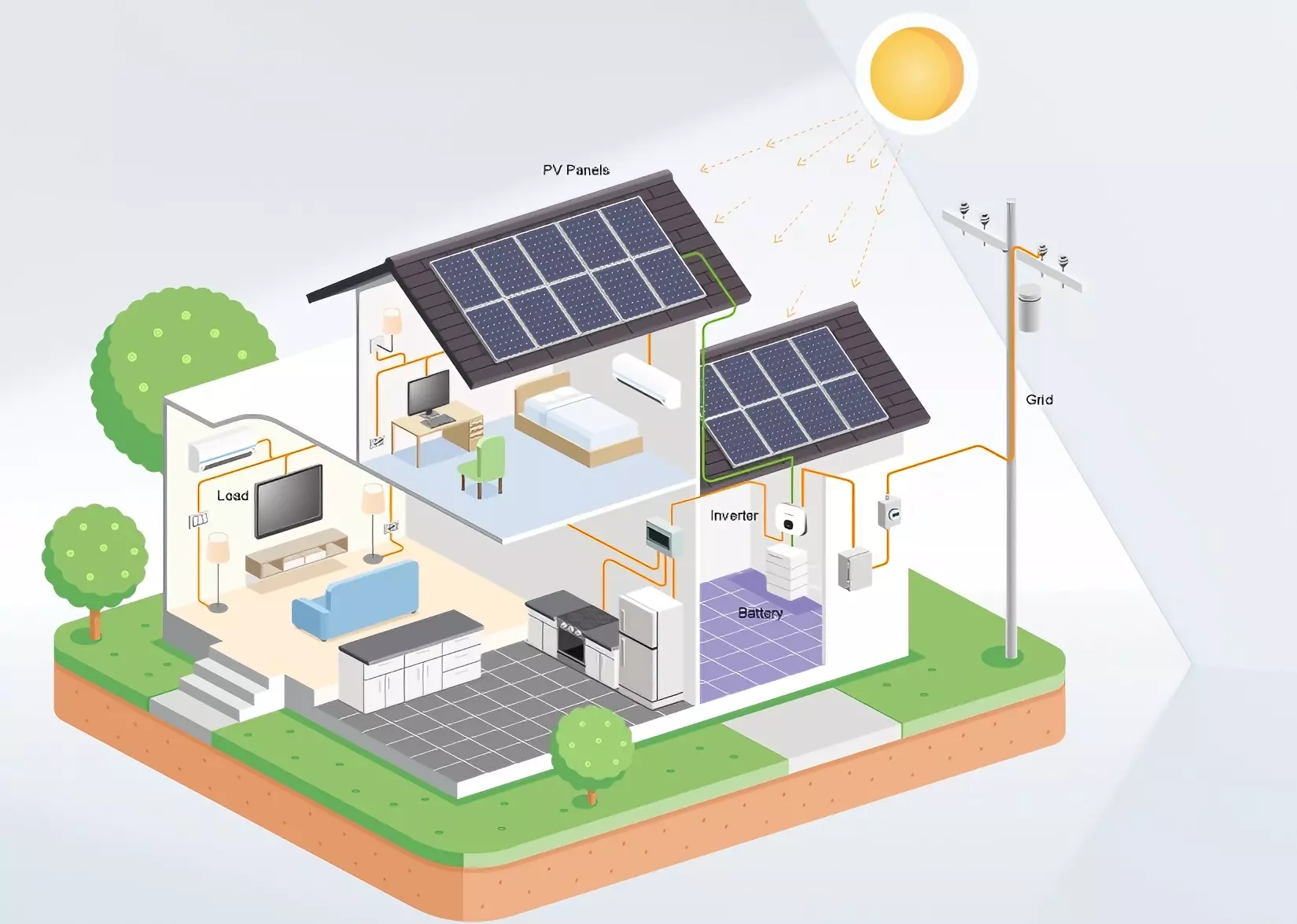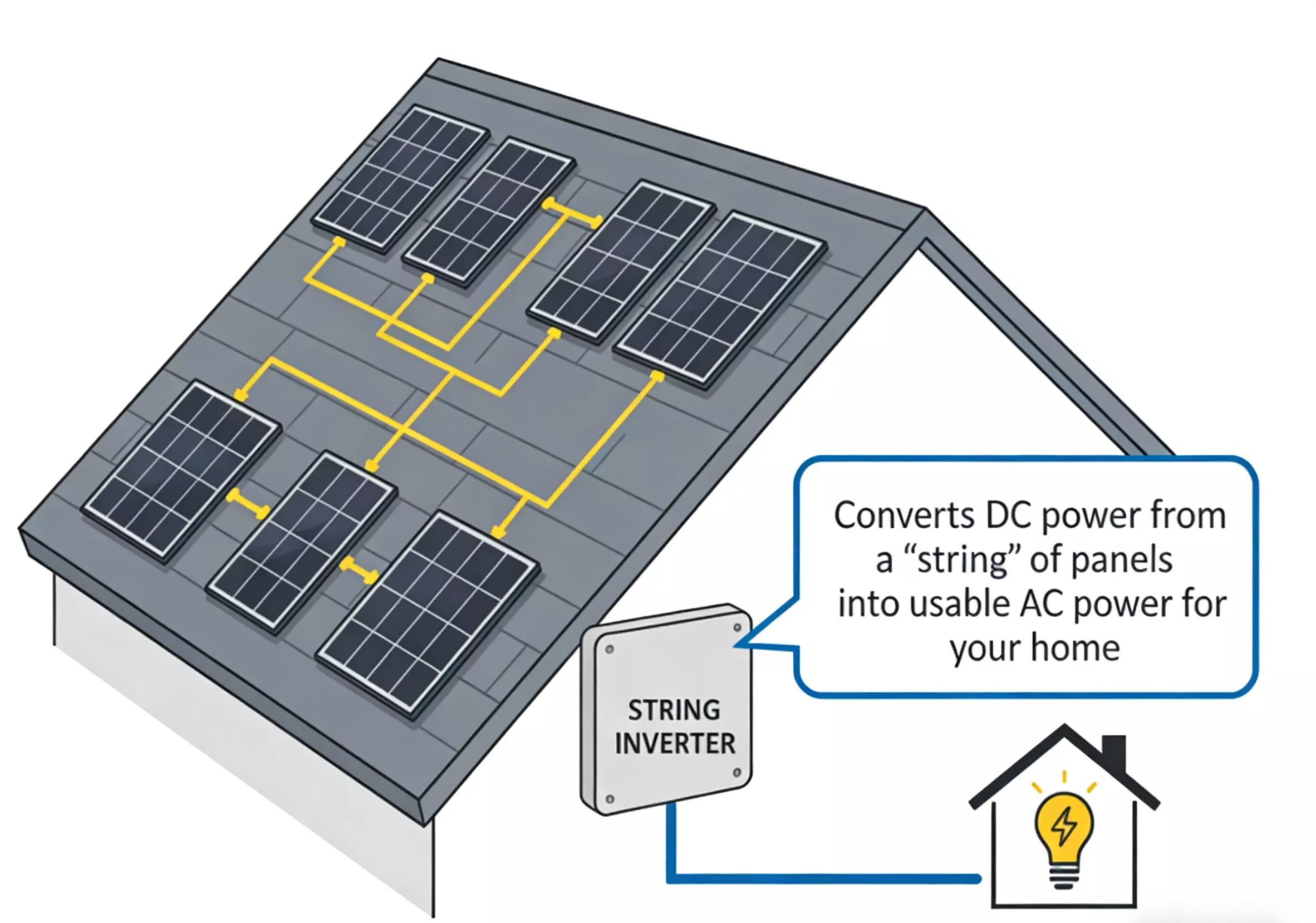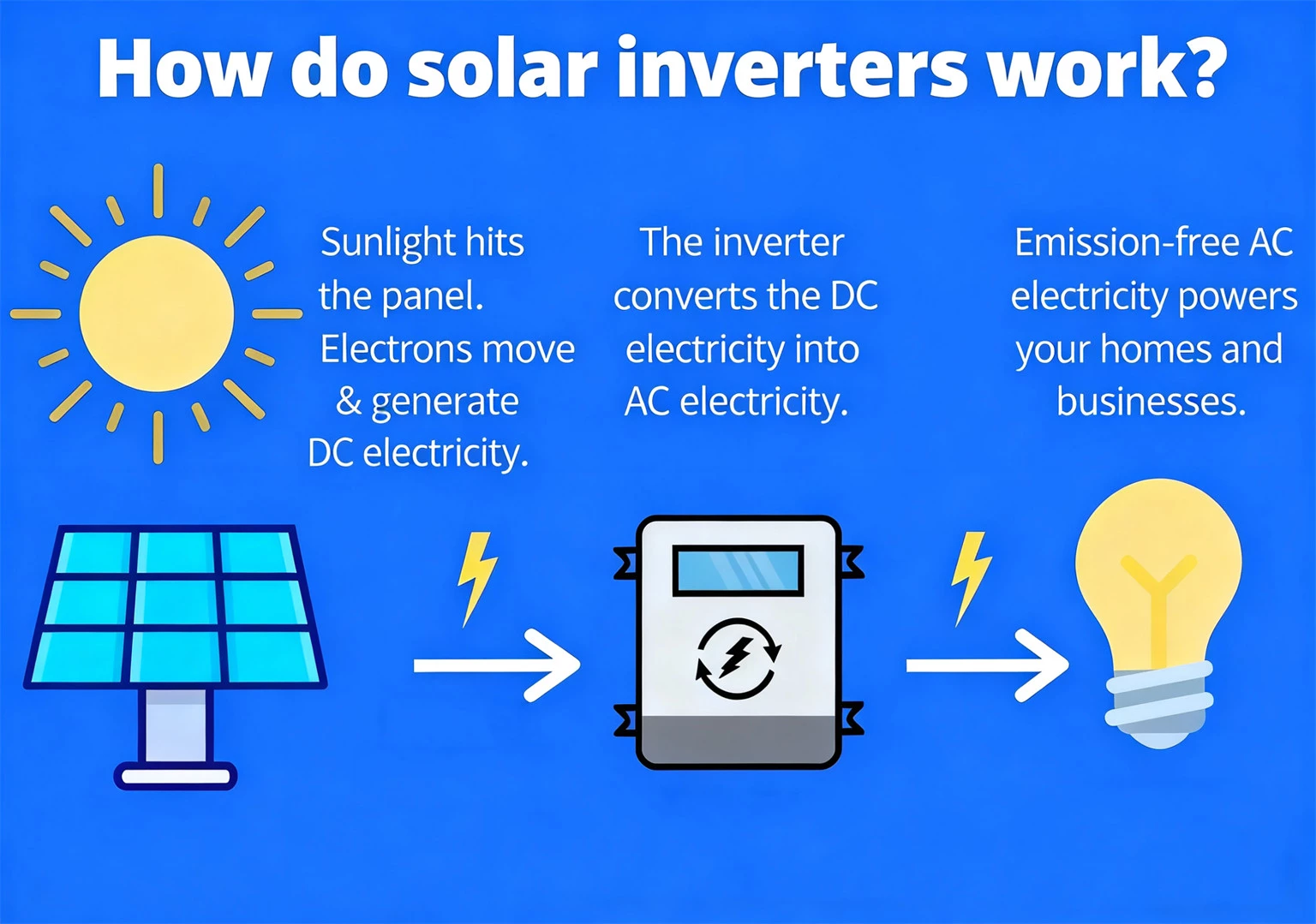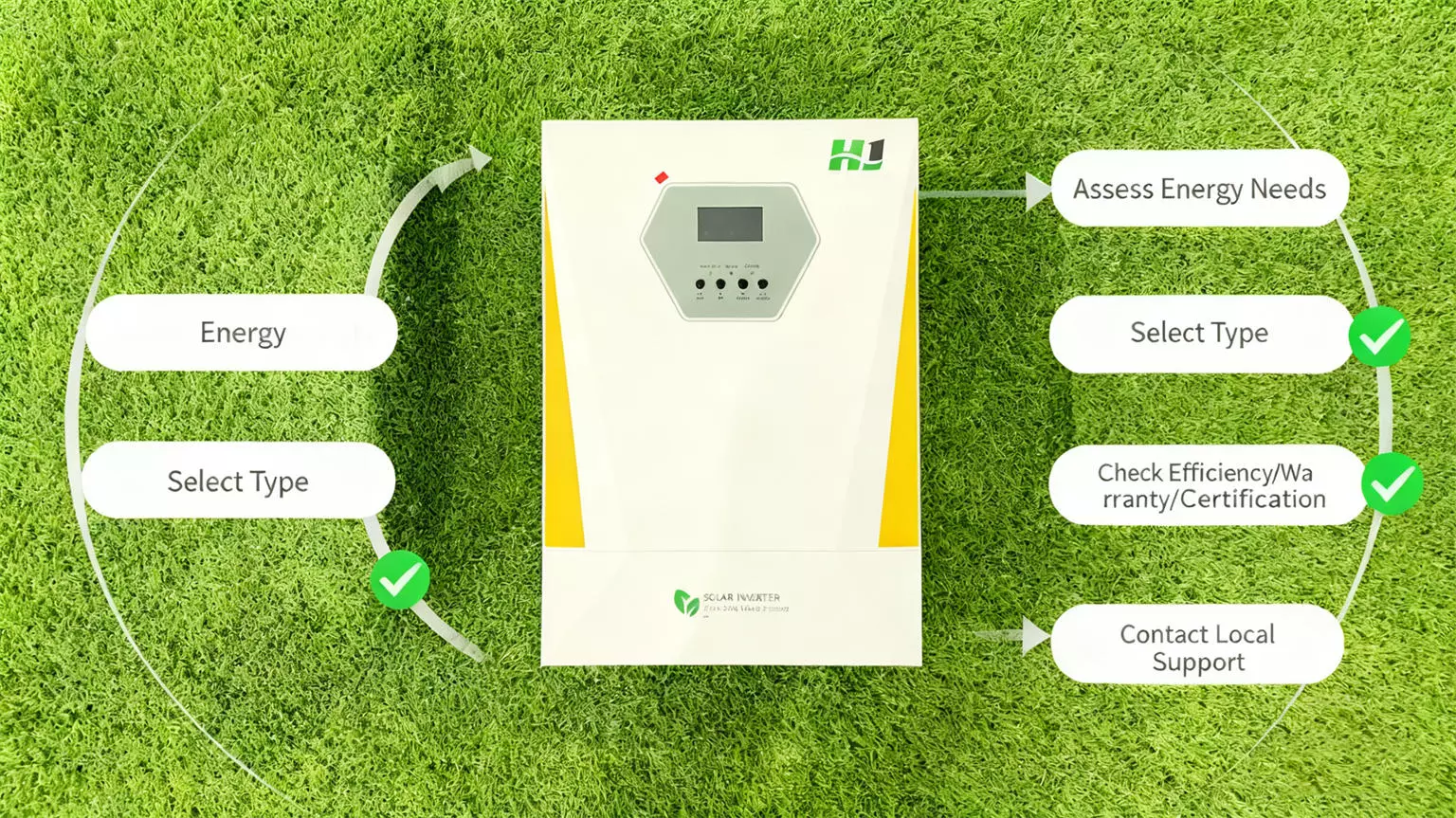Since Jimmy Carter first installed solar panels on the roof of the White House in 1979, the use of renewable energy in this famous house actually reflects the changing attitude of the United States towards clean energy. The story of the White House solar panels, from Reagan dismantling the solar panels installed by Carter to Biden's renewed emphasis on solar technology, is actually a microcosm of broader political and environmental trends.
In this article, we take you through the fascinating journey of how each administration shaped the legacy of solar energy at the White House and by extension, the nation's energy policies.
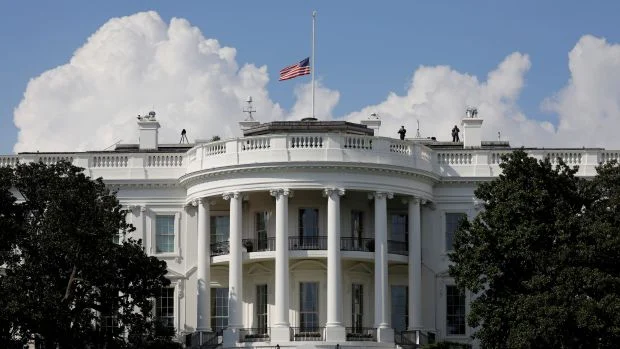
Jimmy Carter: A Visionary for Solar Energy
Jimmy Carter is a visionary president. He was the first US president to make renewable energy a national strategy. At that time, oil prices were frighteningly high, and everyone was worried that the United States would have to rely on foreign energy. President Carter then turned to solar energy as a beacon of hope.
In 1979, he installed 32 solar panels on the roof of the White House to heat the water in the cafeteria and laundry room. This is not just for use, there is a deeper meaning behind it: it represents President Carter's desire to lead America towards an ecologically beautiful future.
President Carter also said, "This solar heater can be a novelty or an exhibit in a museum, but more importantly, it is part of one of the greatest and most exciting adventures the American people have ever taken."
Long-Term Vision of Carter
He developed tax incentives for the installation of solar and greatly increased funding for research into clean energy.
Even after he was out of office, Carter didn't stop fighting. He put 4,000 solar panels on his farm in Georgia. Those began producing enough energy to power half of his hometown in 2017.
The White House panels installed under Carter, however, weren't going to last very long.
Reagan: Tearing Down the Panels
After Ronald Reagan became president in 1981, people's enthusiasm for renewable energy changed. The Reagan administration felt that the government should not intervene in energy policies, so they began to cancel those tax incentives. In 1986, during routine maintenance on the White House roof, the solar panels installed by President Carter were removed.
These solar panels later seemed to have disappeared, and no one remembered them for many years. Some solar panels end up in museums, while others are used to heat hot water at Unity College in Maine. Reagan's press secretary also defended the dismantling of solar panels, saying that reinstalling them was "not cost-effective from an economic perspective".
The key point is that during the Reagan administration, oil and gas once again became the main focus, leaving renewable energy behind, which was a significant blow to the development of solar energy in the United States.
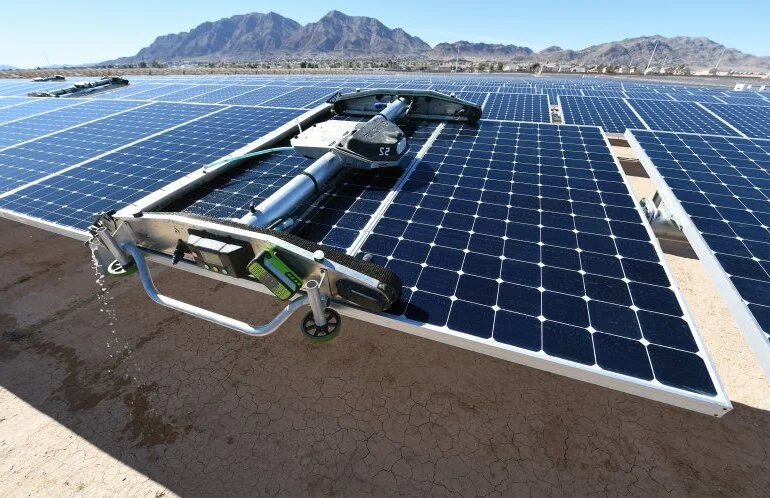
Dormant Solar Years: Bush-Clinton-Bush
Between Reagan's removal and Obama's installation, solar energy at the White House lay mostly dormant.
George H.W. Bush and Bill Clinton
Both presidents paid little attention to renewable energy, despite growing concerns about environmental issues.
George W. Bush
In 2003, during his tenure, the National Park Service installed a small 9kW solar array on a maintenance facility within the White House grounds. Solar thermal systems were also added to heat the pool and provide hot water for the residents.
Though Bush himself did not champion the cause of clean energy, the Investment Tax Credit (ITC)-one of the most significant policy incentives for solar development signed into law during his administration in 2005.
Obama: The Rise of Solar Energy
Barack Obama's presidency marked a turn of events in renewable energy advocacy. His administration installed a new solar system on the White House roof in 2013.
Key Features of the Installation
This system uses American-made solar panels, inverters, and other accessories specifically produced domestically. Its size is similar to the solar energy used by ordinary Americans for home decoration.
Obama is also quite bold in his policies:
He negotiated the Paris Climate Agreement, bringing almost all countries together to tackle climate change.
In short, over 60 large-scale renewable energy projects can provide electricity to 5 million households.
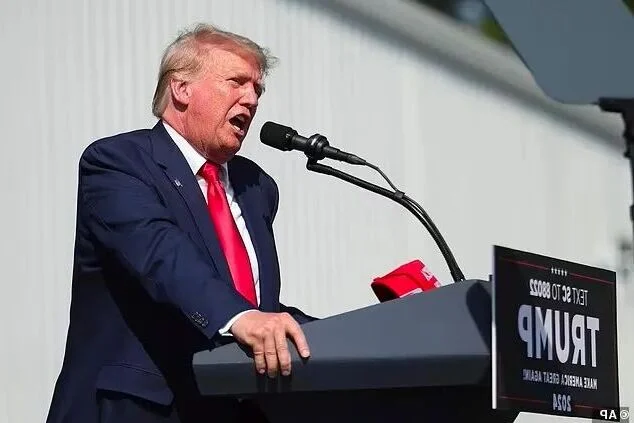
Trump: Fossil Fuel Fan
Donald Trump took an altogether different approach from his predecessor. Paying lip service to fossil fuels, his administration pledged 500 million dollars for research into clean coal and slapped tariffs on Chinese-made solar panels.
Impact:
Those tariffs led to a reduction of over 10GW in U.S. solar installations, stymying growth.
Although 2,000 manufacturing jobs were created, the solar sector lost 62,000 potential jobs due to decreased demand.
On the bright side, Trump left Obama’s White House solar panels untouched—a small nod to continuity amid stark policy differences.
Biden: Leading by Example
President Joe Biden entered office with a clear vision for renewable energy. His administration has already implemented executive orders promoting clean energy and aims to set a global example.
Biden’s Vision
The Biden administration plans to install solar panels in federal buildings, including the White House.
Investing in solar energy technology is an important move in his multi-pronged preparation to address climate change.
For Biden, the White House's solar panels are not only useful things but also a symbol of sustainable development leadership. Will this government set a tone for the future of solar energy?
The Greater Lesson from the Roof of the White House
From Carter's optimistic attitude to Reagan's retreat, to Obama's bold policies, and finally Biden's ambition, the story of the White House solar panels is like a small microcosm of the changing relationship between the United States and clean energy.
What's your opinion? Can the White House promote the acceptance of renewable energy in other parts of the country? Or will the future government continue this cycle of progress and regression?
One thing is certain: the solar panels on the White House roof are not just glass and aluminum. They are talking about what people value in every era and where clean energy should go.

